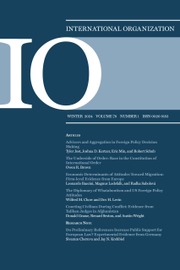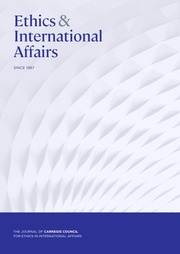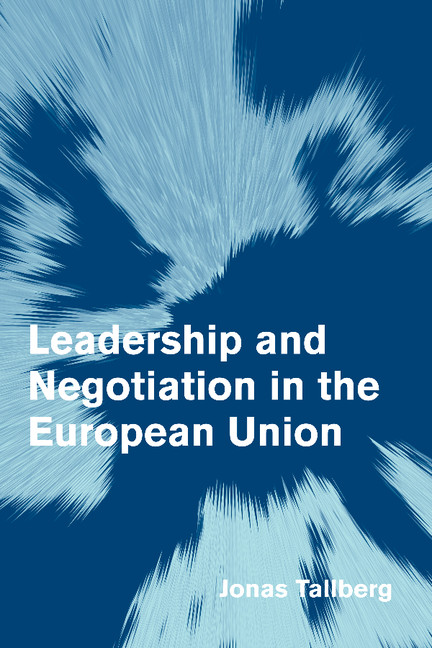The Opening Up of International Organizations
Once the exclusive preserve of member states, international organizations have become increasingly open in recent decades. Now virtually all international organizations at some level involve NGOs, business actors and scientific experts in policy-making. This book offers the first systematic and comprehensive analysis of this development. Combining statistical analysis and in-depth case studies, it maps and explains the openness of international organizations across issue areas, policy functions and world regions from 1950 to 2010. Addressing the question of where, how and why international organizations offer transnational actors access to global policy-making, this book has implications for critical issues in world politics. When do states share authority with private actors? What drives the design of international organizations? How do activists and businesses influence global politics? Is civil society involvement a solution to democratic deficits in global governance?
- Tables and figures present new data on transnational actor access to international organizations over the past sixty years
- Includes in-depth case studies of a range of international organizations from different policy areas and world regions
- Addresses debates on the design of international organizations, the influence of transnational actors, and the role of civil society in democratizing global governance
Reviews & endorsements
"Jonas Tallberg and his co-authors have collected a uniquely refined dataset of transnational access to almost 300 international bodies over time, which forms the backbone for the first systematic explanation of transnational design. This path-breaking study will change our understanding of global governance." - Liesbet Hooghe, University of North Carolina, Chapel Hill and VU University, Amsterdam
"The Opening Up of International Organizations is the most comprehensive analysis of the rapid rise and role of transnational actors in global governance. Skilfully combining different theoretical and methodological approaches, the authors show how international organizations have opened themselves to private actors in order to better accomplish their tasks. Perhaps the biggest surprise in this important book is the ‘paradoxical centrality' of states rather than civil society in this process." - Duncan Snidal, University of Oxford
Product details
September 2013Hardback
9781107042230
334 pages
229 × 152 × 19 mm
0.62kg
26 b/w illus. 32 tables
Available
Table of Contents
- 1. Introduction
- 2. Explaining transnational access to international organizations: theories and hypotheses
- 3. Patterns of formal TNA access in global governance
- 4. Explaining formal TNA access to international organizations: a multivariate analysis
- 5. TNA access across issue areas: the OSCE and the Commonwealth
- 6. TNA access across the policy process: the ADB and the IWC
- 7. Conclusion.











